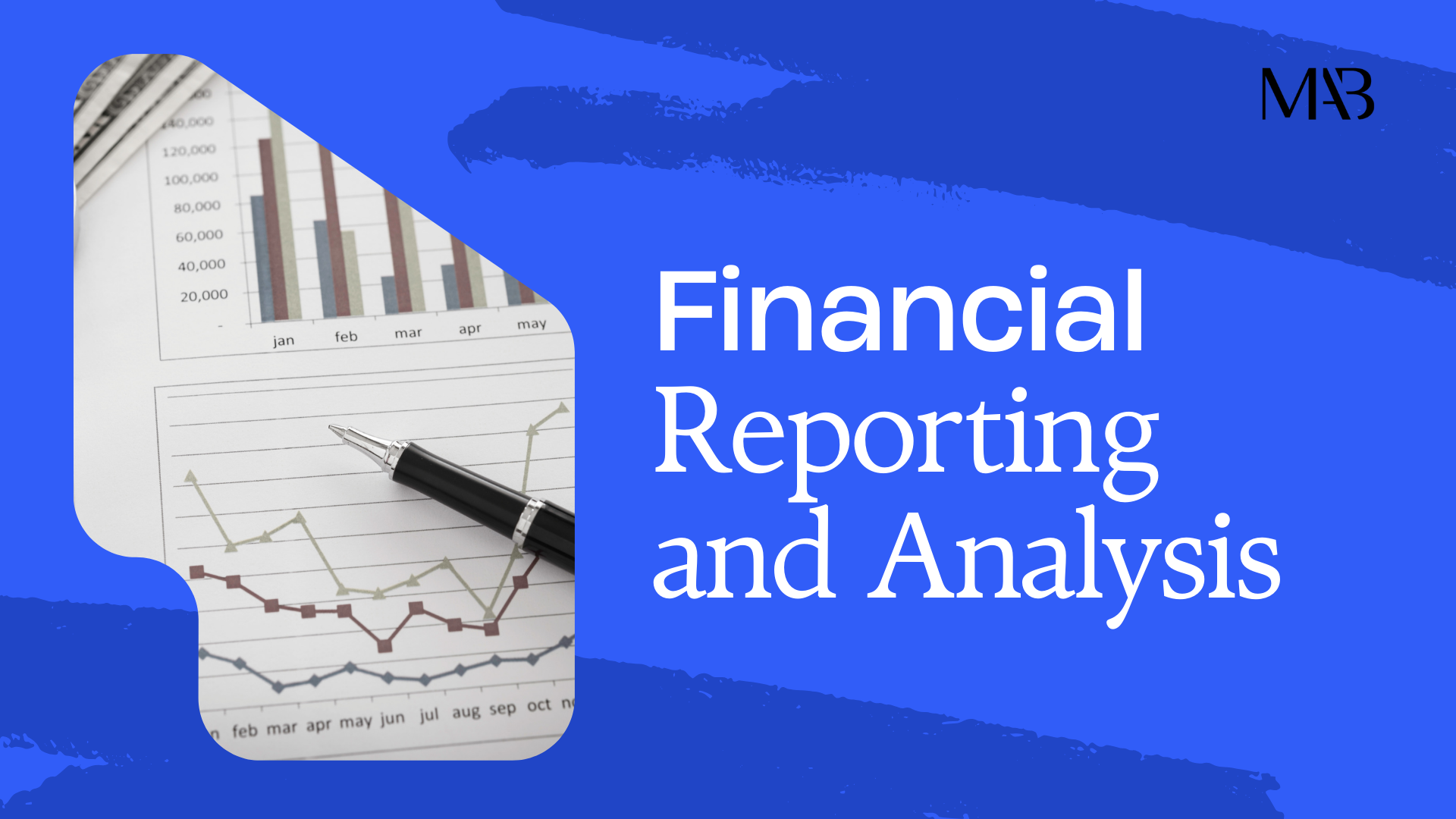Financial Reporting and Analysis
Introduction:
Financial reporting and analysis are critical components of modern business operations. Whether you’re a seasoned investor, a business owner, or a financial professional, understanding financial reporting and analysis is essential for making informed decisions. In this comprehensive guide, we’ll delve into the fundamentals of financial reporting and analysis, explore key concepts, and provide practical insights to help you navigate the intricate world of finance.

Understanding Financial Reporting
Financial reporting involves the preparation and dissemination of financial information about a company’s performance to external stakeholders, including investors, creditors, and regulatory authorities. Key financial statements, such as the balance sheet, income statement, and cash flow statement, play a pivotal role in this process. Let’s take a closer look at each of these statements:
Balance Sheet
The balance sheet provides a snapshot of a company’s financial position at a specific point in time. It outlines the company’s assets, liabilities, and shareholders’ equity. By examining the balance sheet, stakeholders can assess the company’s liquidity, solvency, and overall financial health.
Income Statement
The income statement, also known as the profit and loss statement, highlights a company’s revenues, expenses, and net income over a specific period. It showcases the company’s ability to generate profits and manage costs, offering insights into its operational efficiency and profitability.
Cash Flow Statement
The cash flow statement tracks the inflow and outflow of cash and cash equivalents during a given period. It consists of three main sections: operating activities, investing activities, and financing activities. Analyzing the cash flow statement enables stakeholders to evaluate the company’s liquidity, capital expenditure, and cash management practices.
Financial Analysis Techniques
Financial analysis involves interpreting financial data to assess a company’s performance, profitability, and financial health. Several techniques and ratios aid in this process:
Ratio Analysis
Ratio analysis involves calculating various financial ratios to evaluate different aspects of a company’s performance, such as liquidity, profitability, efficiency, and leverage. Common ratios include the current ratio, debt-to-equity ratio, return on investment (ROI), and gross profit margin.
Trend Analysis
Trend analysis involves examining financial data over multiple periods to identify patterns, trends, and changes in performance. By comparing historical data, stakeholders can assess the company’s growth trajectory, identify potential risks, and make informed forecasts.
Comparative Analysis
Comparative analysis involves benchmarking a company’s financial performance against its competitors or industry peers. By comparing key financial metrics, such as revenue growth, profit margins, and market share, stakeholders can gauge the company’s competitive position and identify areas for improvement.
Financial Reporting Standards and Regulations
Financial reporting is governed by a set of standards and regulations to ensure transparency, accuracy, and consistency in financial reporting practices. In the United States, the Financial Accounting Standards Board (FASB) establishes Generally Accepted Accounting Principles (GAAP), while the International Accounting Standards Board (IASB) sets International Financial Reporting Standards (IFRS). Compliance with these standards is essential for maintaining credibility and integrity in financial reporting.
Conclusion:
Financial reporting and analysis are indispensable tools for assessing a company’s performance, making informed decisions, and fostering transparency in the business world. By understanding the fundamentals of financial reporting, mastering key analysis techniques, and staying abreast of regulatory developments, stakeholders can navigate the complexities of finance with confidence and clarity. Whether you’re an investor seeking profitable opportunities, a business owner striving for sustainable growth, or a financial professional aiming for excellence, the knowledge and skills acquired through financial reporting and analysis are invaluable assets in today’s dynamic marketplace.

No responses yet